Holiday Cleanup
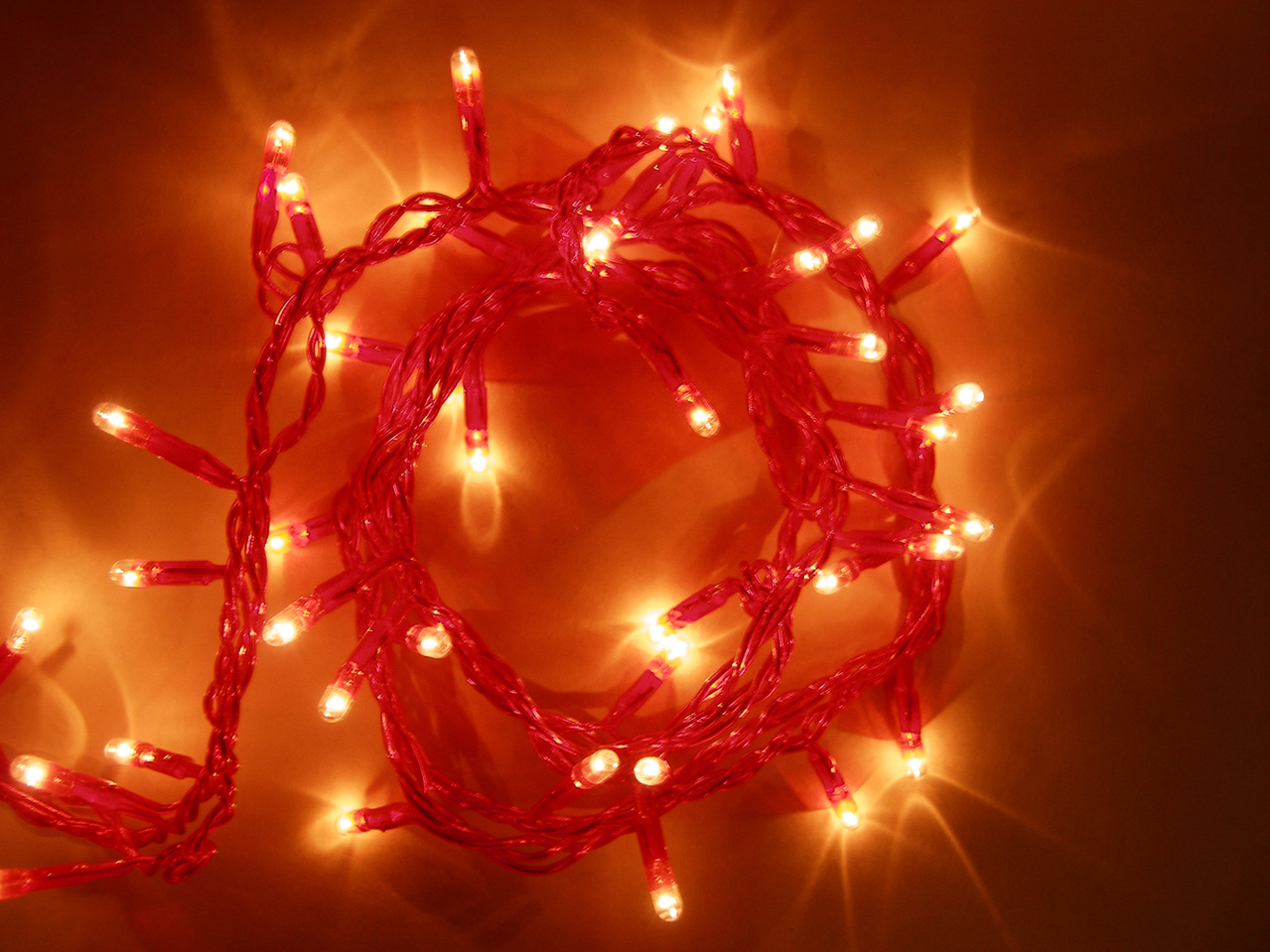
By Melanie Stewart
After weeks of preparation, the holiday season is finally here, so let’s talk about cleaning up after!
Hosting or attending a holiday party? We hope you are using reusable items, but if you can’t, consider compostable or recyclable. Waste Less. Recycle More. @ Lunch applies at any event! Let guests know where to dispose of items, making it just as easy as sending them to the landfill.
Christmas trees can be reused in your own yard; whole to provide birds some shelter or branches can be cut off and placed over perennial plants to protect again frost heave. The unused portion or entire tree can be recycled. Remove nails, wires, ornaments, tree stands, plastic bags, and lights (flocked trees are ok) and take them to any of the locations listed below, until Jan 9th. Wreaths/evergreen roping are not accepted but can be composted once you remove the metal wires. Volunteers will be in place on January 7th and 8th from 10am-4pm to help unload. Save gas and spread some holiday cheer by combining trips with your neighbors! Click here for complete information and updated locations.
Have old Christmas lights that you don’t use anymore, or dead strands? Take them to Scrap Central, or one of their drop off sites, for free recycling. Remove all packaging, bags, twist ties, and rubber bands and Scrap Central will recycle them, donating the proceeds to local charities.
Use received holiday cards for crafts, kid projects, or scrapbooking and recycle everything else. Consider electronic cards next year and save a tree. Reuse as many wrapping and decorating supplies as you can. Compost leftover food that you won’t eat and take leftover goodies to the office or local groups.
Take the time to note what you’d like to change next year, and save money during after-Christmas sales. Do you need some extra dishes or cloth napkins so you can eat with resuables? Too much wasted food? Write down what you can cut back on now. Were the holidays more about stuff than substance? You aren’t alone, 70% of Americans would welcome less emphasis on gift giving and spending. Consider cutting back and start planning with your family now. Reduce what you buy, draw names, host an alternative gift fair, or donate to a charity instead. Simplify the holidays now to have a great season next year.
- Tranquility Park
120th Street & West Maple Road. North lot of soccer complex. - Omaha’s Henry Doorly Zoo and Aquarium
Northwest corner of parking lot, near intersection of Bob Gibson Drive and South 13th Street.. - Orchard Park
66th Street North of Hartman Ave. 57 blocks North of Dodge Street. - F Street Football Field
F Street East of 156th Street. Parking lot east of field. - Ta Ha Zouka Park
20801 Elkhorn Drive. Parking lot behind the Chamber of Commerce. - Bellevue Old Sarpy County Landfill
8902 Cedar Island Road - Papillion Senior Center
1001 Limerick Road - Papio Bay
815 East Halleck Street - Hughes Mulch Products
3211 Keystone Drive. This site open 8am to 5pm Monday to Friday Only.
Electronic Recycling for the Holidays

By Melanie Stewart
photo credit: freeimages.com/adriankeith
The holiday season often brings new gifts and additional electronics, as new items become available and old ones are upgraded. It’s not the best environmental practice, but if you do have items to get rid of, try reusing them. Pass personal items on to friends and family members for continued use; and many charities will take functioning items for others to use.
If those options don’t work, please recycle them. You can hold on to electronic items to recycle during Earth Week, but if you’d like to get rid of them more quickly, consider the resources below, including the new “Greener Gadget” webpage provided by the Consumer Technology Association. We have lots of choices from Omaha, Lincoln, and Iowa. Not all are free and some restrictions exist, so check with the vendor first.
These are not endorsements–use at your own risk.
GreenerGadgets.org When you type in your zip code, potential eCycling locations will be provided. Use the “more info” button below each to see what they accept.
Common eCyclers include BestBuy, Staples, and the Salvation Army
Scrap Central, 2728 North 85th Street, Omaha 402-393-6620.
Accepting LCD monitors, printers, mice, keyboards at no charge; purchases computer towers, laptops, cell phones, tablets, computer wires/cables, servers and computer boards and destroys information. Car batteries and scrap vehicles are also accepted. Cannot accept televisions or CRT monitors. During holiday season they accept decorative lights. Proceeds from recycling go to local charities.
Goodwill Stores: Home Computers & Electronics. All information will be safely wiped clean, and computer equipment will be recycled or resold. NO TVs or microwaves accepted.
Midwest Electronic Recycling: 4366 South 87th Street, Omaha, 402-201-2270
DataShield Corporation, 1528 North 16th Street, Omaha, 402-898-5000
PC Recycling, 7754 “I” Plaza, Omaha, 402-763-8767
Cross Training Center, 5030 North 72nd Street, Omaha 402-590-2100.
Automobiles, Electronics & appliances (anything with a battery or a plug, large or small, working or not.
CTI Electronics, 204 East Erie Street, Missouri Valley, IA 51555 712-642-2030
Takes any electronic that has a plug or uses a battery. Provides hard-drive destruction with documentation. Batteries, toner and ink cartridges, CRT TVs and Monitors accepted with fee.
Nebraska Recycles/Systems Solutions, 17 Gateway Mall, Lincoln.402-405-2365
Computers, with onsite hard-drive destruction; virtually all electronics, CRT Monitors and TVs accepted with fee.
Sadoff Iron & Metal Company – Scrap Metals & Electronics. Locations in Lincoln & Omaha.
For more options in Nebraska, click here.
Loess is More
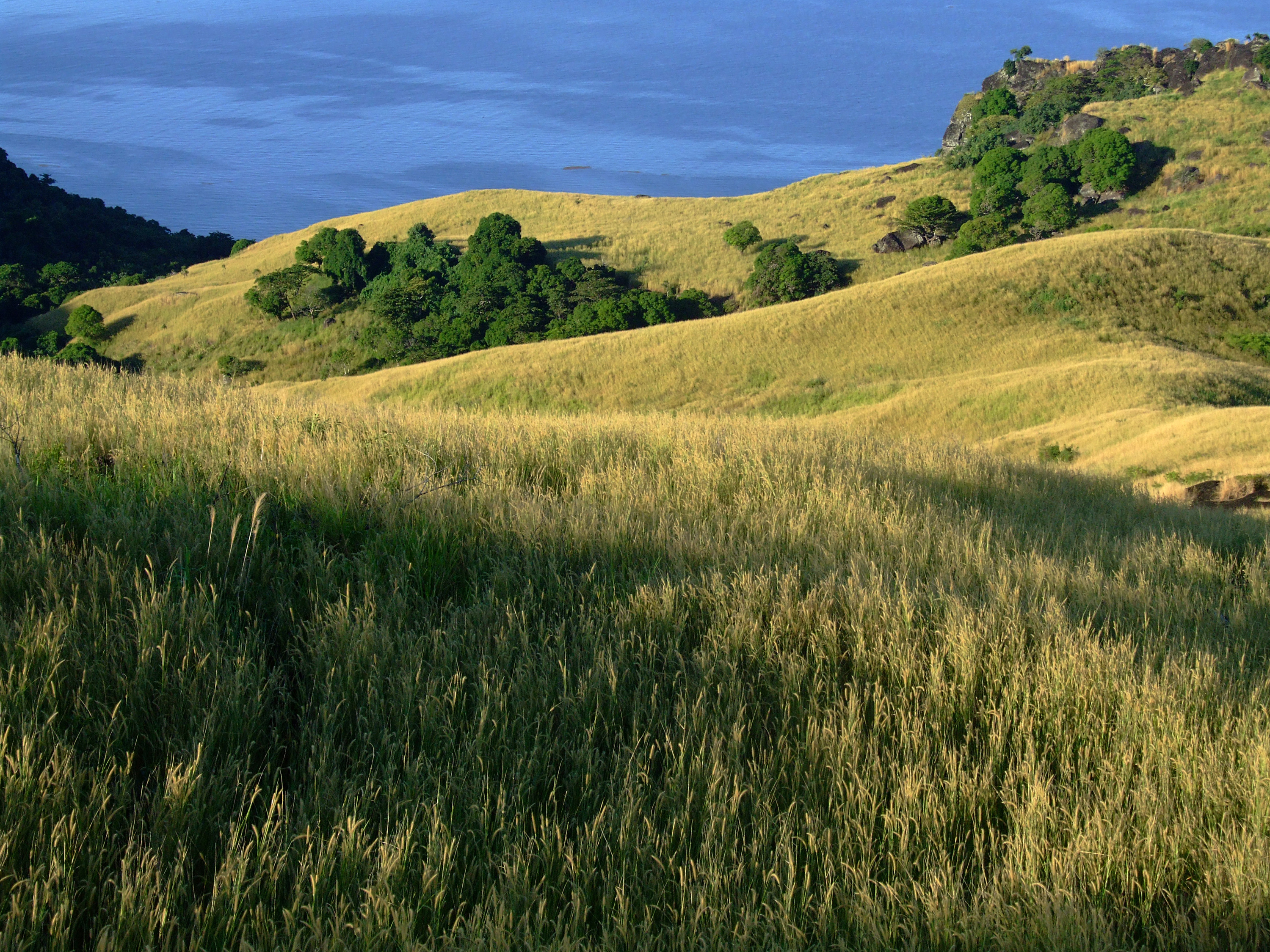
By Anne Rivas
photo credit freeimages.com/gavinmills
When my husband and I moved to Omaha we lived for a time in a home in Florence, and listened to the owner’s stories of climbing the loess bluff in Hummel Park as a boy. We still walk our dog in Hummel Park and admire the loess bluff we walk along, the same one our host grew up climbing.
I had never heard of loess before (pronounced luss) so I looked it up. It is a German word, meaning loose or crumbly. Loess is dust: gritty, silty, yellow or buff, rich in minerals, scoured up by glaciers and deposited by the wind. Loess is found all over the world, but the largest formations of it are the Loess Hills in western Iowa and the Loess Plateau in northern China.
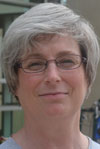
Why should we care about it? Because it is made up of tiny particles of silt that hold plant-available water, meaning water that plant roots can actually use. This is wonderful for prairie ecology, since it holds water that nourishes plants during dry times. Loess is very fertile and improves soil’s capacity to retain organic matter, which helps it hold even more water and nutrients. Loess is full of minerals that enrich the soil below it. The loose and crumbly nature of the soil enabled easy cultivation, which may have promoted agriculture in early hunting and gathering societies.
The loess region of northern China has been cultivated for roughly 10,000 years. In fact, the Yellow River was named for the color of the loess sediment. The Loess Plateau is considered to be the place where Chinese civilization originated, and it was an important center along the Silk Road.
The disadvantage of loess is that it is very easily eroded, and this video shows the degradation and rehabilitation of the loess plateau in China.
The Loess Hills in Iowa are the other significant geological formation of loess soil in the world. Humans have used this area for around 12,000 years. In addition to historical sites, the Hills now hold farms, cities, grasslands, woodlands and wetlands. Various efforts are underway by groups such as the Loess Hills Alliance to protect and preserve the unique character and endangered species of these hills.
There are several interesting places to visit in the Loess Hills. My favorite is Hitchcock Nature Center, which can be hiked year-round.
Ecological Restoration and Educational Opportunities

photo credits: Mike Stewart
By Melanie Stewart
Last year we told you about the importance of birds, butterflies, and other pollinators as they are losing their natural habitat. Planting pollinator-friendly plants is part of the solution, but complete habitats must be restored to bring the entire ecosystem back into balance.
Enter the Prairie Plains Resource Institute.
The pioneer of ecological restoration in Nebraska, Prairie Plains restoration methods have influenced individuals, organizations, and government agencies. Local ecotype prairie and wetland restoration has benefits for wildlife conservation, livestock forage production, and soil conservation, as well as benefits of water filtration and percolation into the ground. Prairies in the Platte River Watershed are extremely valuable resources due to their relevance to both ground and surface water quantity and quality. Since 1980 Prairie Plains has restored 11,500+ acres of prairie and wetland, at 204 sites in 52 Nebraska Counties.
Seeds from 230 species are collected from May-November from prairie preserves and road ditches and then dried and mixed to create a historically accurate, high-diversity restoration mix that differs ecologically and aesthetically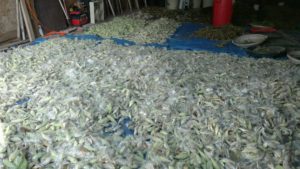 from planting of commercial seed mixes. In the fall, Prairie Plains calls on volunteers to help with their seed harvest blitz. This harvest provides enough seed to restore 1,500 acres and allows Prairie Plains to restore prairies with only native, local, and wild species of plants while ensuring plants bloom throughout the growing season thereby providing consistent pollinator habitat. The picture above shows a sampling of the hundreds of gallons of seeds collected by species; this picture is just a portion of the milkweed seeds collected.
from planting of commercial seed mixes. In the fall, Prairie Plains calls on volunteers to help with their seed harvest blitz. This harvest provides enough seed to restore 1,500 acres and allows Prairie Plains to restore prairies with only native, local, and wild species of plants while ensuring plants bloom throughout the growing season thereby providing consistent pollinator habitat. The picture above shows a sampling of the hundreds of gallons of seeds collected by species; this picture is just a portion of the milkweed seeds collected.
Prairie Plains also works to educate the public on the importance of prairie restoration and the natural habitat of Nebraska. They relocated a historic barn which they are renovating as a unique education center, and they have a fantastic nature day camp for kids, Summer Orientation About Rivers (SOAR). I’ve actually heard a student say it was more fun than video games…what tops that? Interested in a preview? Prairie Plains will be participating in NE SciFest this year!
You can also check out their “Ribbons of Prairie” multi-generational vision for the Great Plains landscape. The Ribbon represents a continuous network of restored prairie wilderness along stream and river corridors. This can be accomplished with good stewardship of our water resources; increasing native habitat; protecting scenic, scientific, and cultural resources; integrating diversified agriculture, urban, and natural landscapes; and providing educational opportunities to the public.
Green your holiday season
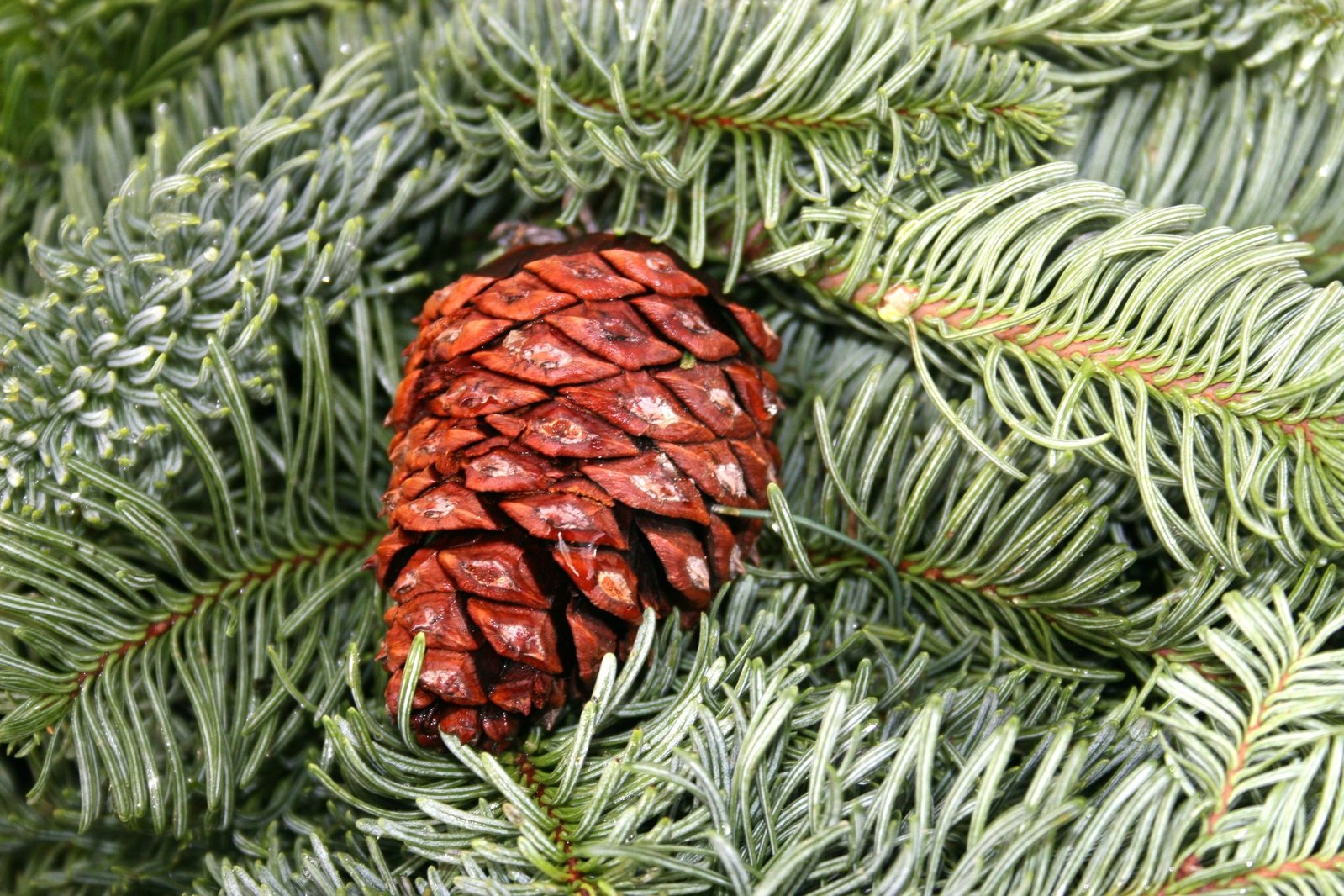
Did you know that waste increases by 25 percent between Thanksgiving and New Year’s? That’s not really surprising when you starting thinking about all the shopping, eating and traveling.
Luckily, there are a lot of things you can do to reduce your waste and have a happier, healthier holiday season. But you have to start planning now.
- Reduce the focus on gifts and concentrate on the things that really matter, especially your sanity.
- If you exchange gifts, consider buying experiences, like museum/zoo membership, or donations instead of stuff. Consolidate your shopping trips to save gas, take reusable bags, consolidate online shopping to save on shipping, and look for products that contain non-toxic, responsibly sourced materials.
- Wrap gifts in reused materials; if every American household wrapped three gifts in reused materials (maps, Sunday comics, cloth bags) enough paper would be saved to cover 45,000 football fields. For everything else, use recycled content paper and reusable gift-bags, boxes, and bows.
- Decorate with non-toxic items, reuse as many items as you can, and remember that more is not always better.
- Recycling old lights helps local groups now or recycle them any time of year, and get money to buy new, efficient, LED lights.
- Reduce junk mail by contacting Catalog Choice to remove your name from marketers’ databases.
- If you are hosting, buy food in bulk to reduce packaging waste.
- Serve with reusable plates/cups/utensils.
- Make it easy for guests to recycle, and recycle everything you can’t reuse.
- Consider sending E-cards; saving trees and your time and money, or send cards they can plant. Recycle or reuse (for decoration, future gift tags, or craft projects) any cards you receive.
- If batteries are needed, buy rechargeable — they’ll save you money and trips to the store in the long run. Recycle single use batteries at local stores.
- Instead of using chemically-scented candles, burn soy or beeswax candles with essential oils. Let your cooking do the talking, or simmer some natural, homemade potpourri on the stove.
- Check your thermostat: more people and more cooking means the temp can be lowered. Every 2 degrees lower saves $100 a year, saves the equivalent carbon emissions as driving a car 3,000 miles, and people get to be comfortable in their (reused) ugly Christmas sweaters.
- Here are some additional tips concerning holiday plants or trees.
- If you didn’t buy a potted (or artificial) tree, make sure to recycle your tree when you are done celebrating.
America Recycles Day

by Melanie Stewart
Good News! Today is America Recycles Day, the only nationally recognized day dedicated to promoting the act of recycling, and buying recycled products!
Of all the “Days,” American Recycles Day is the easiest to celebrate because it takes no preparation. If you’re finished using a product and it is recyclable, then put it in the correct recycling bin—that’s all there is to it! Not sure what to recycle where? Watch this short video to find out, or visit our webpage for on-campus information. Check out the Wasteline site for recycling information in and around Omaha.
We have already told you how important it is to recycle. You know about the huge impact it can have on our planet and our economy. In order to complete the loop and make sure your recycling effort has value, you can buy products made of recycled content. This is an easy step and takes no extra effort at all!
When you go to purchase a product, anything from a pack of paper to packaged food, take a look at the label. If it contains the 3-arrow triangle (often referred to as the recycle symbol) it is recyclable. If that triangle is inside in a circle, that product is made from recycled content. The package should also tell you that it’s made from recycled content, the percentage of that item that was made from recycled materials, and whether or not the materials are “post-consumer content.”
Post-consumer means the material came from the end user and that material would have otherwise ended up in the landfill, as it had no other value. These are items like pop cans, paper, or plastic that has been used. Pre-consumer/industrial content is still recycled material, but that material was produced during the production of another product. Examples include wood chips, sawdust, and glass or metal shavings.
Pre or post-consumer recycled content is all recycled content and its use diverts materials from the landfill while protecting new or virgin resources, so take a second to make sure what you are buying has the highest percentage possible of recycled content.
We hope you are continuing to Waste Less. Recycle More. @ Lunch!, keep up the good work. You may be “caught” in the act and randomly rewarded.
Why Recycle?
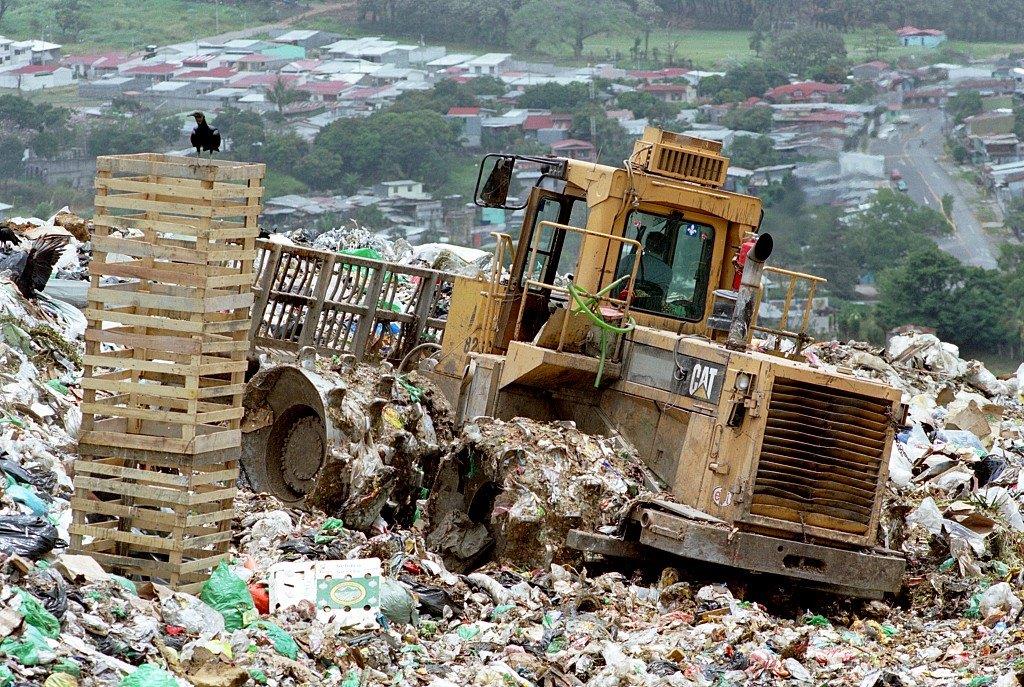
By Melanie Stewart
When most people think of being green many think of recycling—and it is an easy, first step to being more sustainable. Goods are turned back into products so new resources don’t have to be used while simultaneously sending that same material to the landfill. Yes, reducing and reusing is better than recycling, but there are times when those options aren’t possible, so then it’s time to recycle.
Did you know the EPA estimates 75% of what Americans throw away is recyclable? Unfortunately the national average of materials diverted from the landfill is only 34% and Omaha is a shockingly low 11%. The Med Center is better at 19% but we still have some work to do to get to the 35% goal that’s stated in our Sustainability Master Plan.
The Waste Less. Recycle More. @ Lunch campaign started last week and asks you to take the simple pledge to recycle the materials from your lunch…frozen food trays and boxes, soup cans, bottles, plastic utensils, etc. Almost everything in a common lunch is recyclable. If you have questions on what can be recycled, see our website or watch this short video.
Have you ever wondered what impact your recycling has? It seems like such a simple action and a small item, can it really have a big impact? Yes! Your aluminum can is one of the 6,700 cans used every second and 200 billion used every year. It takes more energy to mine and produce aluminum than any other metal, yet we landfill enough to provide the auto industry with all the material it needs to build a year’s worth of new cars, which is valued at $1 Billion. However, recycling uses only 5% of the energy needed to create the same can from mined aluminum and they can be back on the shelf in 6 weeks.
Plastic is no better. Americans throw away 25 million bottles every hour. New production uses crude oil and other chemicals leading to pollution which has a negative impact on health including reproductive issues, obesity, cancer, endocrine issues, and now researchers are seeing long term effects in children when they are exposed to pollution.
Meanwhile, recycling creates 1.1Million US jobs (4 jobs for every 1 in the disposal industry), $37 Billion in annual payrolls, while reducing operating expenses on campus.
So what are you waiting for? Recycle More. @ Lunch!
Waste Less. Recycle More. @ Lunch!

By Melanie Stewart
Did you know that most of the waste generated in offices comes from food and beverage containers? And most of those food and beverage containers are recyclable! Whether it’s yogurt containers, frozen food trays, cardboard boxes or soda cans, most of what is commonly packed in a lunch can be recycled.
You are invited to join in an eight-week campaign encouraging everybody to recycle lunch containers! The challenge is for each person to pledge to recycle all of their recyclable lunch containers at least two days per week until December 23rd.
At least twice per week, you can flatten your cardboard and place it in a container or between a container and the wall, rinse your plastic and aluminum food containers and utensils and place them in the recycling bins instead of the trash—that’s all there is to it! This small action taken by all of you will divert thousands of pounds of waste from going into our landfill.
There are 5 ways to participate:
- Take the pledge to recycle all your recyclable lunch containers at least two days per week. Sign your name to take the pledge!
- Visit the website and/or watch the Recycling Guide Video to find out which kinds of common materials are recyclable, and how to recycle them.
- At least twice per week, rinse your lunch containers, flatten your cardboard and RECYCLE the container(s) in the correct bin.
- Take a picture of your recycling effort and post your photo on social media with the hashtag #RecycleMore, to encourage your coworkers to take part as well.
- Tell a friend or coworker! Recycling is an easy action that anybody can take to have a positive impact. Encourage them to participate in these same ways.
Start this week: as you finish your lunch, remember to rinse your plastic or metal lunch items and place them in a recycling bin, break down cardboard/paperboard and place it between the wall and a bin, or place it in a cardboard container. Let your EVS person know what’s what so they can get it recycled. The challenge is for just two days each week, but feel free to do it for all five!
When you take these easy steps, you help make a big difference; Happy Recycling!
Way to go, TravelSmarties!
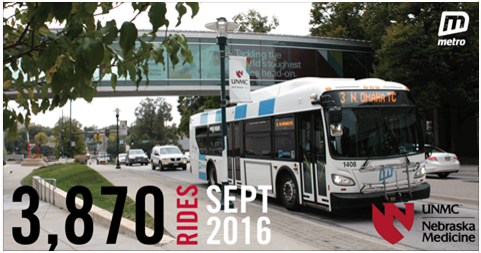
By Melanie Stewart
TravelSmart participants set a record with Metro
Congratulations TravelSmarties! You set a new record with Metro, recording 3,870 bus rides in the month of September. That averages out to 681 trips each weekday and 233 trips each weekend-day! Did you know that by riding the bus you are:
- Saving yourself money on parking, gas, and vehicle maintenance
- Reducing stress by not having to worry about other drivers
- Using commuting time for actions of your choice (reading, homework, social media, etc.)
- Reducing pollution in Omaha, including extremely hazardous ground level ozone
- Improving health for everyone in the area, especially those with lung diseases, and helping to meet our mission
- Reducing traffic congestion around the med center and reducing parking pressure on campus
That’s a lot of positives for taking a free bus ride—way to go!
Maybe you have thought about using active transportation, but don’t feel that it works for you. That could be the case, but TravelSmart has been designed to work for most. I’ll admit, when I started carpooling it was hard to be without my car…what if I needed to leave suddenly or became ill? How was I going to make this work? I know many of you have these concerns too, especially if you have children. We took those concerns seriously in our planning. So keep in mind:
- We offer a FREE emergency ride home. You call, a car comes and takes you where you need to go, 24/7. This also includes a free stop along the way…to pick up a prescription, a child, whatever you need.
- It’s FREE to participate in all options, including the free bus pass, and you can use more than one option. There’s no cost to you, no applying for reimbursement.
- You do not have to give up your parking permit to participate. It’s an option for you to save more money, but is not required. If you do, we provide flexible parking on the days you need to drive.
- Carpoolers park in the same lot (or better) that they already use, and neither carpooler pays for parking (FREE parking!).
- Don’t have a carpool partner? Try out our carpool matching program. You can check it out without signing up or making a commitment.
- Cyclists and walkers have FREE access to showers, lockers, and secure indoor bike parking.
- You don’t have to use TravelSmart every day to participate; use it when it works for you.
Did you know that 1,300 faculty, staff, and students have already registered for TravelSmart? They use active transportation to save money, have a positive impact on the environment, and improve the health of our community.
Thinking about giving it a try but not sure? Email travelsmart@unmc.edu for help in planning a bus route, questions about the program, or giving it a “test drive” without signing up.
Fall For Gardening
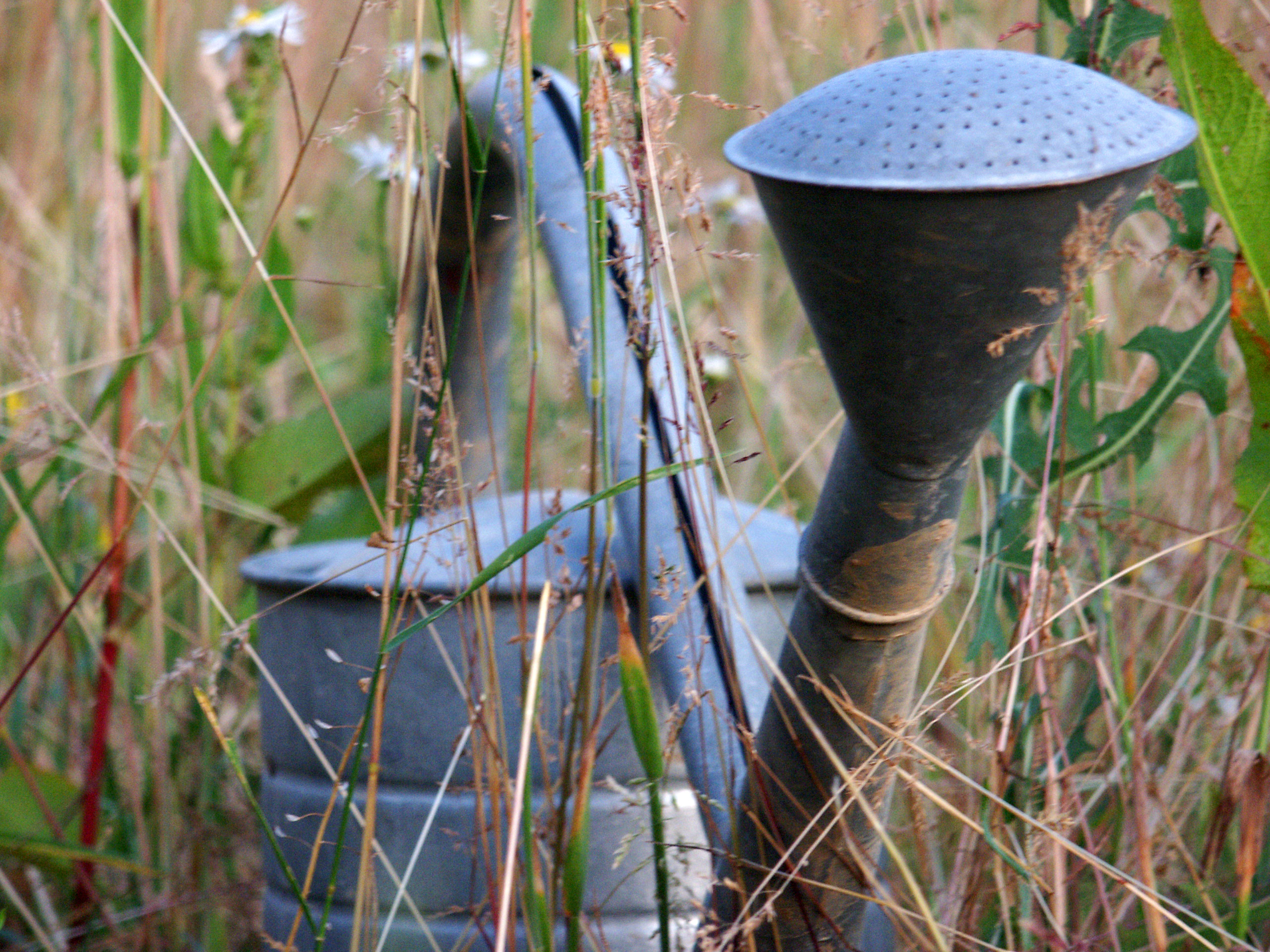
photo credit: freeimages.com/RonnySatzke
By Anne Rivas
I had a neighbor up north who started planting after the ground froze in October. She thawed the ground with warm water and put in bulbs.
I’m not that industrious, but fall is also my favorite time to plant and after a too-hot summer I have a lot to catching up to do. The soil is still warm, dry, and crumbly; excellent for bulbs and perennials.
A couple of years ago I collected flower and grass seeds from a prairie garden and let them over-winter in big pots outside. A few survived, and I finally had milkweed this year, although I don’t know if it came from that batch or just blew in. I did get a good stand of bee balm out of that experiment. Overall, I’ve had better luck buying plants than starting seeds so this fall I’ve ordered the rest of the plants I want and will be very busy for the rest of the month. This time I’ll label what I plant!

This is your last chance to get rid of weeds. Most have gone to seed so if, like me, you haven’t kept up with them, your best bet is to mulch heavily now and again in the spring. I try to keep weed seeds out of my compost since they become the gift that keeps on giving when I spread the finished product over my garden. My pile never gets hot enough to kill seeds. You can try a vinegar spray to spot-kill weeds in your lawn: half vinegar, half water, and a few drops of dish soap to break the surface tension and help the vinegar stick to the weed leaves. Some people add salt, but if you want grass to grow there, leave it out.
As you continue to mow your lawn, let the clippings and shredded leaves lie. They’ll decompose and feed your soil. If you get too many leaves on your lawn to shred and – um – leave, run over them a few times with the mower and put them in your compost, set them aside until the ground freezes and use them for mulch, or dig them into your garden.
Finally, even though we need to drain the sprinkler system before it freezes, we still need to water trees, shrubs, and roses thoroughly before winter finally closes in.
